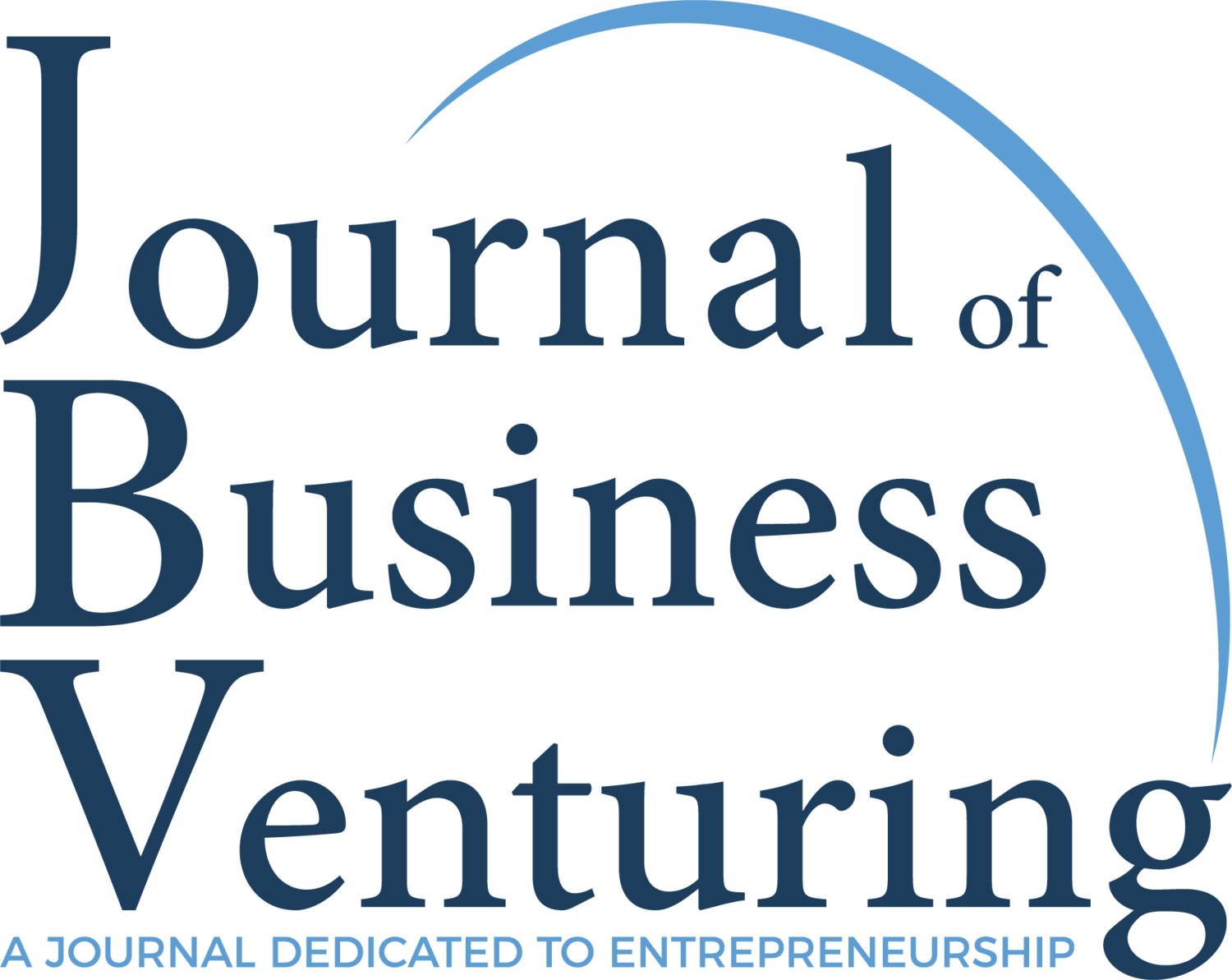The closer the representation, the better?
Research Paper Title:
“The role of prototype fidelity in technology crowdfunding”
Authors:
Background:
The timely acquisition of financial resources is imperative for new ventures. However, technology ventures often suffer from concerns about their viability and thus struggle to acquire external funding. Developing and demonstrating a product prototype is a mechanism that can help these ventures to demonstrate technological feasibility and galvanize the resources they need. Yet, prototypes may not be universally beneficial for resource acquisition, and their effectiveness depends on their fidelity, which is the degree to which the prototype accurately represents the look and feel as well as the functionality of the finished product. In this article, the researchers seek to provide actionable insights for entrepreneurs regarding optimal levels of prototype fidelity when attempting to solicit funds through online crowdfunding.
Highlights:
Prototypes help technology ventures dispel benefit-related uncertainties
Prototype fidelity has an inverted U-shaped relationship with crowdfunding performance
The inverted U-shape is attenuated if ventures offer purely digital rewards
High-quality prototype presentations enhance information disclosure
Methodology:
Sample Description: Technology projects on Kickstarter
Sample Size: Study 1: 7776 crowdfunding projects; Study 2: Survey with 339 respondents; Study 3: Online experiment with 298 participants
Analytical Approach: Regression Analysis
Hypothesis:
Hypothesis 1. Prototype fidelity has a curvilinear (an inverted U-shaped) relationship with crowdfunding performance. (supported)
Hypothesis 2. The inverted U-shaped relationship between prototype fidelity and crowdfunding performance is moderated by reward materiality such that the effect is less pronounced (i.e., the curve is flatter) when projects offer purely digital rewards and more pronounced (i.e., the curve is steeper) when projects offer physical rewards. (supported)
Hypothesis 3. The inverted U-shaped relationship between prototype fidelity and crowdfunding performance is moderated by presentation quality such that its turning point occurs at lower levels of prototype fidelity when presentation quality is low and at higher levels of prototype fidelity when presentation quality is high. (supported)
Results:
Prototypes in technology crowdfunding must serve two purposes. On the one hand, prototypes act as information transfer mechanisms that help entrepreneurs to disclose credible information and call attention to important milestones in the venture's development process, mitigating viability concerns. On the other hand, prototypes may act as co-creation mechanisms that allow entrepreneurs to engage funders in the development process as co-producers of value.
Whether a prototype can serve this dual purpose depends on its fidelity to the final product. The research findings show that moderate, or bounded, prototype fidelity is most effective when attempting to raise funds for technology ventures.
The research provides actionable insights for entrepreneurs regarding optimal levels of prototype fidelity when attempting to solicit funds from online crowdfunding.
Ventures that focus on the creation of purely digital, non-material artifacts are judged differently by funders as compared to those focused on the creation of artifacts that either combine digital and physical components or are purely physical. As purely digital artifacts often remain perpetually in the making, the presentation of a prototype as a stable representation of the venture's offering becomes less important.
The research findings also add further credence to the notion that a well-executed pitch can help entrepreneurs to build rapport with key stakeholders. Yet, the studies provide novel insights by showing how presentation quality may influence how funders perceive other aspects of the venture such as the product prototype. Here, the research shows that a high-quality presentation may help to dispel benefit-related uncertainties of funders by enhancing information disclosure.


